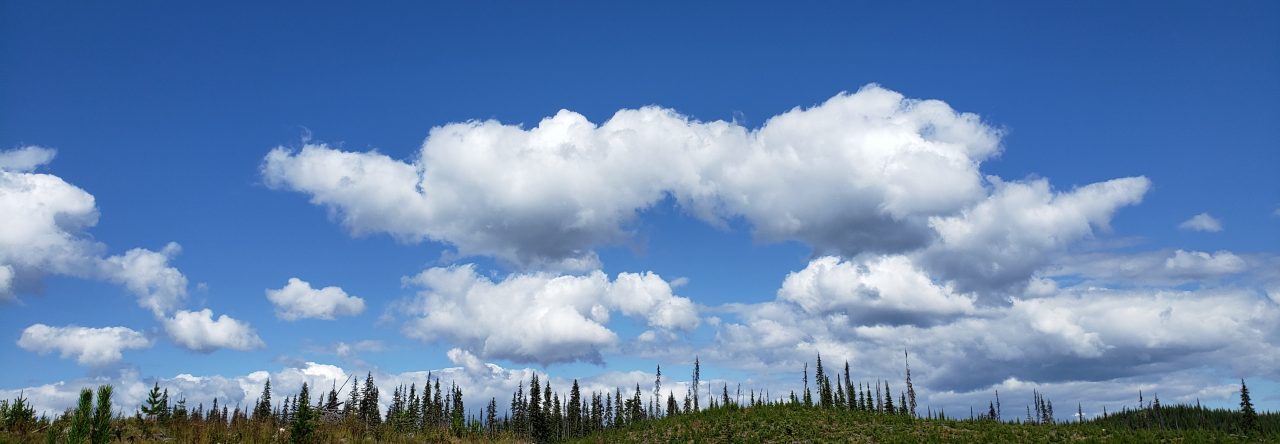Originally published as a column on CFJC Today Kamloops and Armchair Mayor News on March 22, 2021.
Do you remember the first couple of months into the pandemic when social media was inundated with images of wild critters strolling through cities and other areas usually frequented by humans that were suddenly empty due to people staying home? Photoshop tricks notwithstanding, we were indeed witnessing a different level of interaction with mother nature and its wild children, albeit from a far.
Nature, it is safe to say, has since become the ultimate and absolute saviour of humanity as the COVID-19 crisis progressed to envelop us into a grip that has yet to lessen. We cannot travel the way we used to, but people took to nearby trails and when and where allowed, they went camping.
As of late, city running has become a risky affair around the Lower Mainland. There are now coyotes in Stanley Park, which some humans have encountered from up close and ended up with scratches and even bites.
When I lived in Vancouver almost a decade ago, there were coyotes in Pacific Spirit, and I got to see a few out on a stroll in early morning during my runs, but none came too close.
Most people were cognizant of their presence nearby, while a few others took to feeding them, which was as idiotic as it sounds.
I witnessed a late evening feeding when driving home through a back lane one night and I’ve been reminded of it every time I read about coyotes being deemed more aggressive than usual in the last while, more so because they eat human-generated garbage which apparently changes their microbiota and increases their aggressiveness. That being said, a wild animal is just that: wild.
The same line, ‘more aggressive then usual’, is being applied to cougars too. So far, after a few dog attacks by wild cats in the Lower Mainland, four cougars have been killed. Will there be others? Maybe. Again, they are wild animals and that means they do not stop short of acting like it when hungry.
They have been pushed out of their territory by human activity, which means they go hungry as their natural habitat dwindles and morphs into human territory. That alone would make them forgo the fear of humans and prey on our pets. Wild animals don’t just stay away because humans move in. Perhaps with time they do, but then again, not necessarily. Instead, they learn to co-exist which means they become more visible to us, they dare a bit more and then unfortunately they get killed.
Unfortunately, they can be minding their own and still be killed by humans. Take wolves in British Columbia. Almost 500 of them got killed in 2018 to protect the caribou, said the provincial government in an effort to make it look legitimate.
It did not help that these beautiful animals wrongly accused as a species for the dwindling caribou numbers were being shot from helicopters, which was a horrible low as far as animal care and ethics are concerned.
Studies showed that the killing (ahem, culling) did not really help since habitat alteration by humans is the ultimate cause of the caribou disappearing. Absurdly, more logging was permitted by the same government in caribou habitat.
Also, on March 18, the federal government declined an emergency habitat protection order under the Species At Risk Act to help halt the possible extinction of the threatened southern caribou. That tells us all we need to know about how much this iconic animal means when juxtaposed to large corporations’ financial gain.
And no, the war against wolves has not stopped with the above-mentioned cruel fiasco. There are large areas of B.C. that have no bag limit for wolves and for almost all of the province, there is no bag limit for coyotes.
It’s a sad time for many wild animals that do nothing but exist and, because we force them to, they learn to coexist with humans. That does not always go over well. Then again, it could, if we learn to adapt as we expect them to.
I’ll leave you with some of Farley Mowat’s reflections. He mentions wolves, but I believe it can be aptly apply to all wild animals we are sharing the living world with.
‘We have doomed the wolf not for what it is, but for what we deliberately and mistakenly perceive it to be –the mythologized epitome of a savage ruthless killer – which is, in reality, no more than a reflected image of ourself.’
